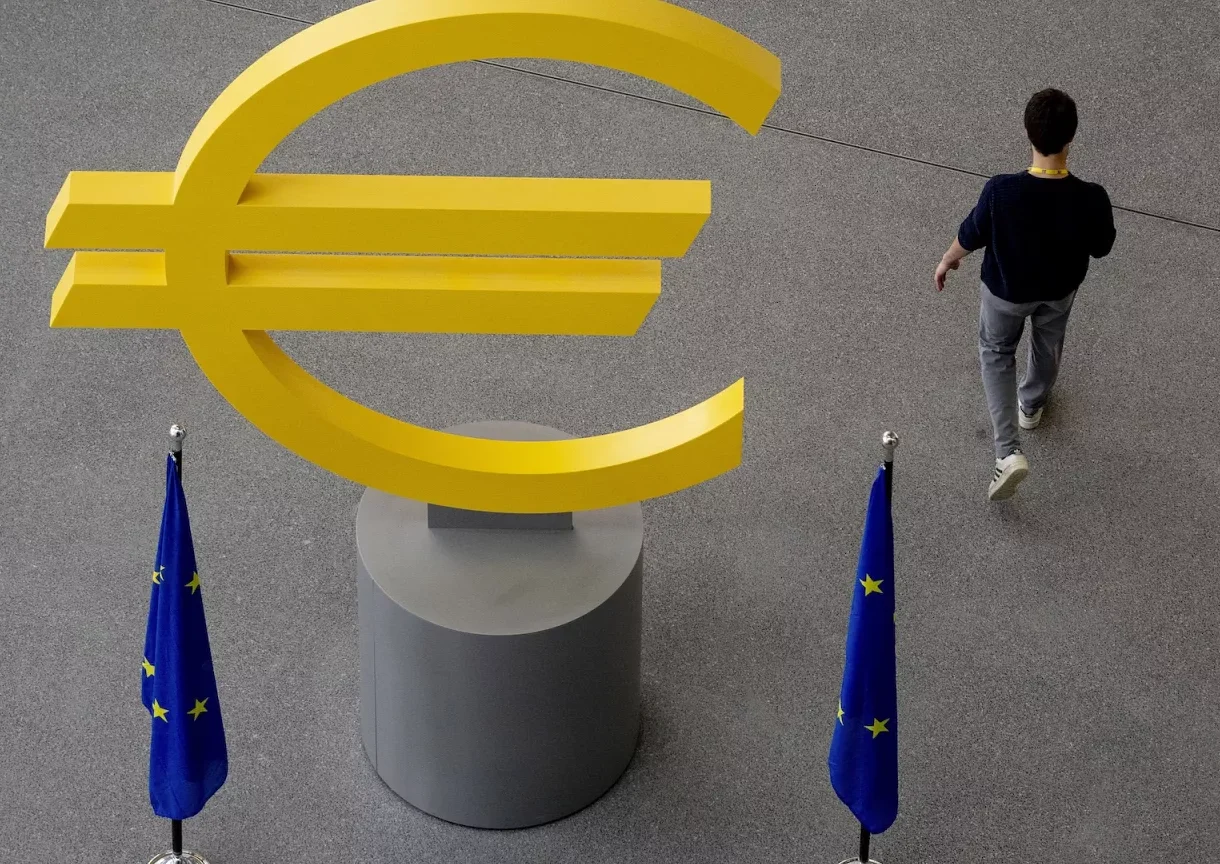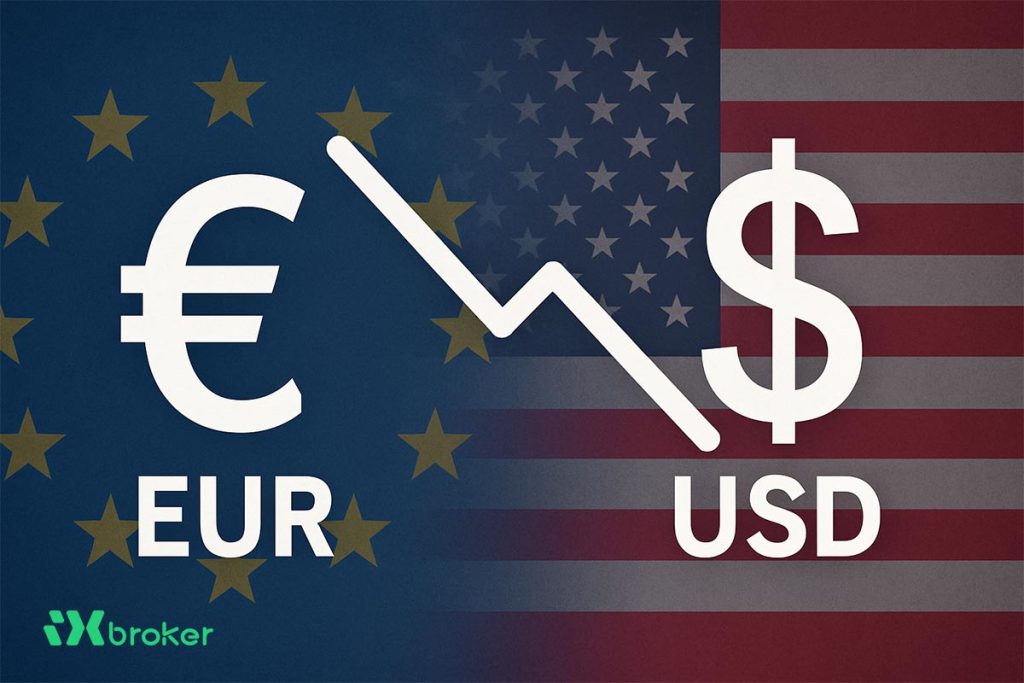The EU cuts euro zone growth forecast as U.S. trade tensions weigh on exports, with GDP set to grow just 0.9% in 2025 and risks pointing downward.
EU Slashes Euro Zone Growth Forecast Over U.S. Trade War
Lingering U.S.-EU trade war casts long shadow over euro zone economy as growth projections tumble and downside risks intensify.
The European Commission has sharply downgraded its growth outlook for the euro zone, citing ongoing trade tensions with the United States and a weakening global trade environment. According to the Commission’s spring economic forecast released on Monday, the euro zone’s gross domestic product (GDP) is now expected to grow just 0.9% in 2025, down from 1.3% projected in November 2024.
Looking further ahead, growth in 2026 is forecast to reach 1.4%, a modest improvement but still below the 1.6% previously expected. The European Commission attributed this downturn to persistent trade frictions, primarily with the U.S., and increasing uncertainty around global economic stability.
“The outlook for growth is revised significantly downward. This largely owes to a weakening global trade outlook and higher trade policy uncertainty,” the Commission said in its report.
U.S. Tariffs Weigh Heavily on EU Outlook
At the heart of the downgrade is the U.S.-EU trade conflict, which has resulted in tariffs of 10% on all EU goods, and 25% tariffs on steel, aluminium, and automobiles. Pharmaceuticals and semiconductors are currently exempt, but the broader economic impact has already been felt across key European industries, especially export-driven sectors.
The Commission emphasized that its projections are based on the assumption that these tariff levels remain unchanged. However, the report noted that “risks to the outlook are tilted to the downside,” highlighting the potential for further fragmentation of global trade and additional geopolitical tensions.
A deepening of the trade war, or expansion of tariffs, could significantly dampen business investment and consumer sentiment, potentially dragging euro zone growth even lower. The Commission also pointed to climate-related disasters as a growing concern, which could further strain supply chains and impact economic output.
Scenarios for Recovery and Growth
Despite these headwinds, the EU executive did outline possible catalysts for improvement. A de-escalation of trade tensions with the U.S., expansion of trade agreements with other global partners, and an increase in EU defence spending could all serve as drivers of renewed economic momentum.
Additionally, the euro zone labor market remains relatively robust. Unemployment is forecast to fall further, reaching 6.1% by 2026, continuing a trend of resilience seen throughout recent economic cycles.
On the inflation front, consumer prices are expected to moderate from 2.4% in 2024 to 2.1% in 2025, and 1.7% in 2026, edging closer to the European Central Bank’s medium-term target.
Fiscal Outlook: A Growing Concern
While inflation is easing and employment is holding steady, public finances are showing signs of strain. The euro zone’s collective budget deficit is expected to inch upward from 3.1% of GDP in 2024 to 3.2% in 2025, and further to 3.3% in 2026.
This slight deterioration is attributed to increased spending on energy, defence, and social safety nets, combined with weaker-than-expected revenue growth.
Public debt across the euro zone is also on an upward trajectory, forecast to climb from 88.9% of GDP in 2024 to 89.9% in 2025, and surpassing 91% in 2026. These figures raise questions about long-term fiscal sustainability, especially if economic growth continues to underperform.
Conclusion
The European Commission’s revised outlook underscores the fragile state of the euro zone economy amid intensifying global challenges. With the U.S.-EU trade dispute showing few signs of resolution, and additional geopolitical risks looming, the path to sustainable growth remains uncertain.
Nonetheless, targeted policy measures, diversified trade strategies, and continued labour market strength offer some room for cautious optimism. EU leaders will now be under pressure to recalibrate economic strategy and safeguard the region’s financial stability in an increasingly complex global environment.




